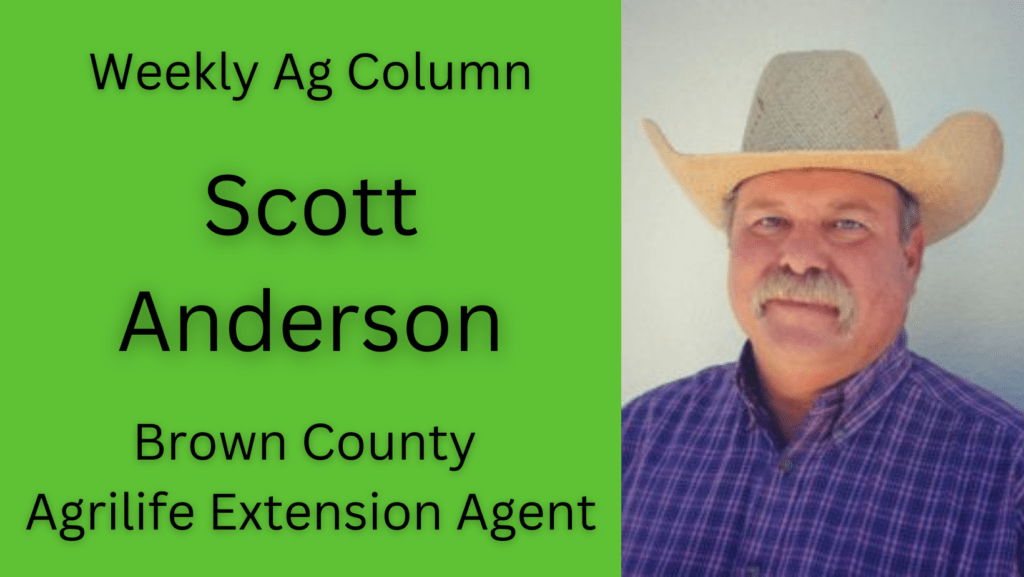
“Deer season is looking to be in pretty good shape this year,” Alan Cain, TPWD Big Game Program director, said.
The mild and wet spring led to “fantastic” antler growth.
Does are in good shape, as well, which led to good fawn production.
“I think the heat probably had a toll on some of those, and maybe we won’t recruit as many as we’re expecting in the fall, but we did have decent numbers,” Cain said. “For example, in South Texas where it’s been extremely hot and dry, [some individuals] are reporting upwards of 50-70% fawn crops on some of those ranches. Obviously, that depends on habitat conditions.”
If a property is overgrazed, fawn survival is down, and antler quality declines.
Deer populations vary across the state.
“The Texas Hill Country—that area around Fredericksburg, Llano, Mason and Kerr County—has the highest deer population in the state with a couple million deer,” Cain said. “Moving back toward the east and southeast between San Antonio and Houston, the Post Oak Savannah region, generally holds a pretty good deer population.”
South Texas also has good deer numbers.
“It’s a bit harsher down there. You don’t always have the large fawn crops or the densities that you see in the Hill Country partly because people often manage for trophy quality deer. They try to keep the deer population at a level that can be supported by that native habitat so they can take advantage of all that nutrition and maximize that on an individual deer basis,” Cain said.
East Texas has a healthy deer population, as well.
The Texas Panhandle, from Lubbock up to Amarillo, typically has lower deer densities than other parts of the state.
In areas like the Texas Hill Country where deer numbers are higher, one deer to every four or five acres, hunters may consider taking a doe this year.
“Hunters should definitely consider harvesting anterless deer this year,” Cain said. “That’s an important part of deer management because the females are the reproductive segment of that population. Controlling those numbers helps control growth.”
Having too many deer in one area can cause over-browsing on some shrubs and woody plants, which Cain said can impact the deer population and other animals that rely on the native habitat.
Some parts of the state have “doe days” to help landowners manage the population.
Hunters are encouraged to check the Outdoor Annual or OutdoorAnnual.com for full deer hunting regulations, information on chronic wasting disease zones and mandatory harvest reporting.
The general deer season for the North Zone is Nov. 4 through Jan. 7.
In the South Zone, the general season is Nov. 4 through Jan. 21.
***
EARLY SEASON WHEAT PROGRAM
Texas A&M AgriLife Extension Service McCulloch County is hosting an Early Season Wheat Program on Friday November 3rd. The program will be held at the Brady Housing Authority 405 E Main St. Brady, TX. Registration will begin at 8:00am. There is “pending” 2 CEUs for those that have a TDA private applicator license.
Topics to be discussed:
- Early Season Wheat
- Laws and Regulations
- Wheat IPM
If you are interested in attending this program please RSVP by October 30th for $10 and after October 30th the fee is $15 by contacting the McCulloch County Extension Office at 325-597-1295.